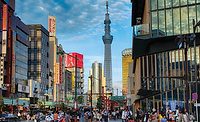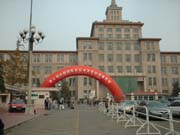

The theme was "Innovation and Future of the World Adhesives Industry." Three separate speaker tracks were organized to support the theme - suppliers, adhesive industry and markets. Concurrent with the Conference was the 7th Annual CCPIT International Adhesives and Sealants Exhibition.

The conference began with a welcome from the China organizing committee and Gong Beifan. He was followed by Dr. Jianlong Yang, director of R&D of Industrial Economy of the P.R. China, who described China's growing economy and its important driving factors. This was followed by Dr. Jochem Cutter, executive VP, Henkel Technologies, who gave the keynote address, "The Adhesives and Sealant Industry, Servicing Customers with Value Added Solutions."
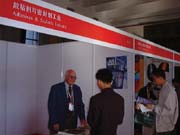
The main program presentations were split into three concurrent sessions, or tracks. A total of 55 speakers were invited to participate. Comments from many attendees were quite positive, as they felt the topics and speaker quality were excellent. The only negative was that the sessions were scheduled in two different hotels, which made attending individual papers at specific times quite difficult. The host committee and session chairmen, however, were sensitive to this difficulty. They kept the sessions moving according to schedule.
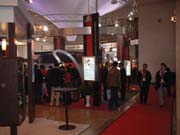
A total of 135 companies participated as exhibitors. Most were Chinese (103) raw material, equipment and adhesive/sealant formulators. Among the 32 foreign exhibitors, 24 were from Japan, South Korea and Taiwan. Representing Europe and the USA were ASI magazine, Cognis, Degussa AG, Eastman, Exxon-Mobil, GE, Goodyear, Henkel, Huntsman, ITW Performance Polymers, Sandvik, SpecialChem and TAH Industries. Conference attendees were given a half day on Thursday to tour the exposition. In addition to the exhibits, there were 10 free industry seminars given by representatives from selected vendors. These were well received, as a quick check revealed the lecture rooms to be full.
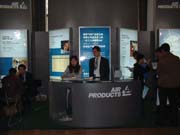
Once these issues were resolved, it was evident that the CNAIA had spent a great deal of time planning the event. The sessions were very well organized and the speaker topics well chosen. Unlike many similar events, they made a great effort to bring in new technology - fresh ideas for advancing the adhesives and sealants industry. It was impressive to find all presentations available in print form and on CD-ROM in both English and Chinese. The translations were meticulous, and the speaker rooms were equipped with available headset-receivers and simultaneous translators for Chinese, English, and Japanese.
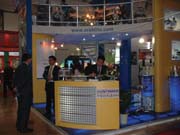
Other topics included advances in reactive hot-melt adhesives and synthesis of new waterborne adhesives.
When it comes to entertaining, the Chinese are without peer. The opening reception on Wednesday was impeccable and allowed ample networking opportunities and the chance to meet the host organization. The next two evenings featured banquets and traditional Chinese entertainment.
For more information on the conference and exhibit, visit http://www.cnaia.org .
